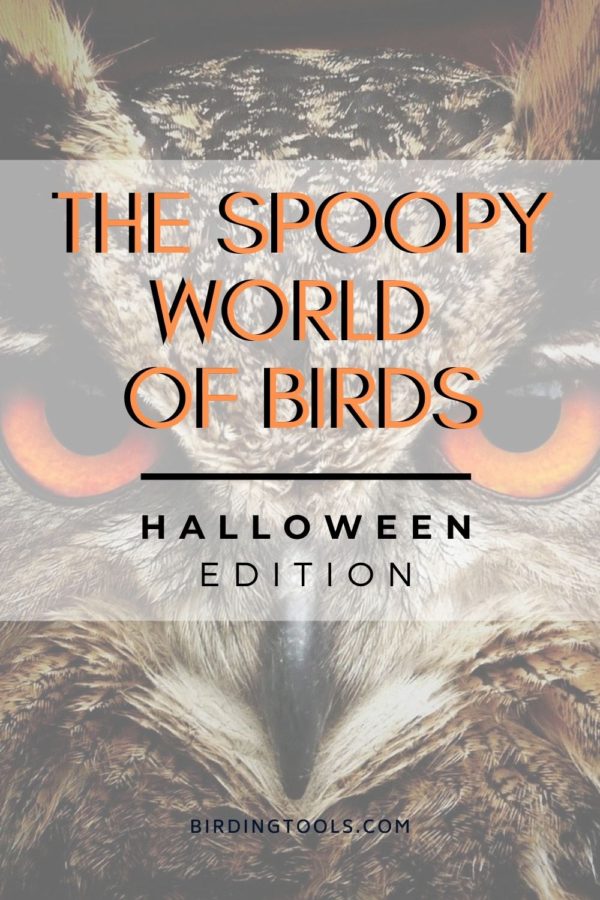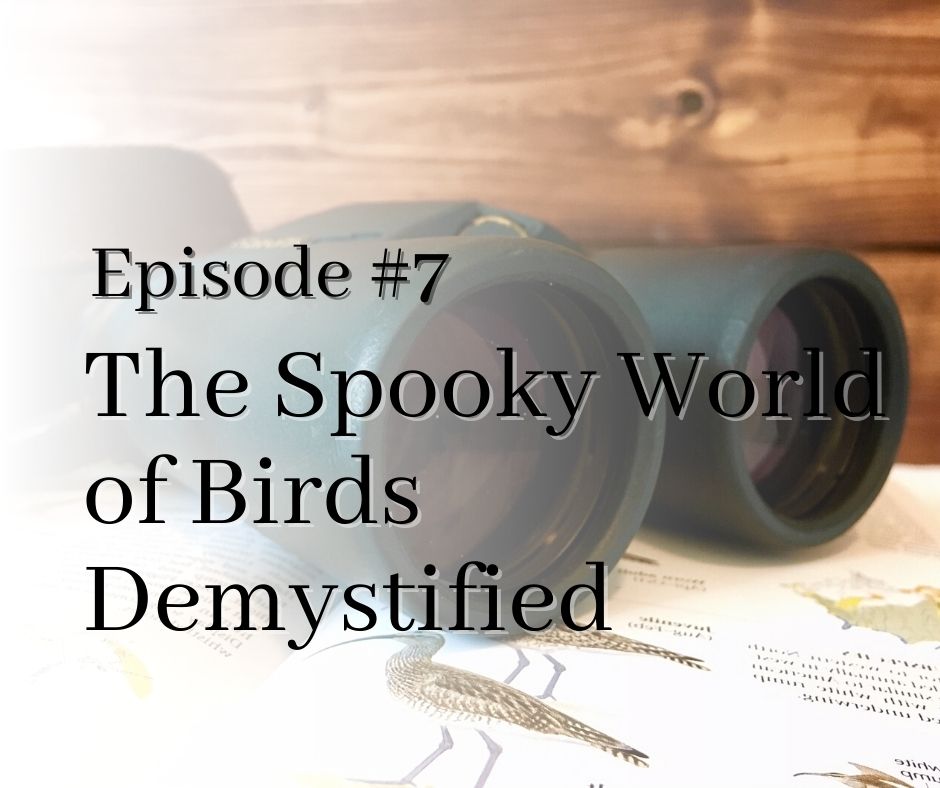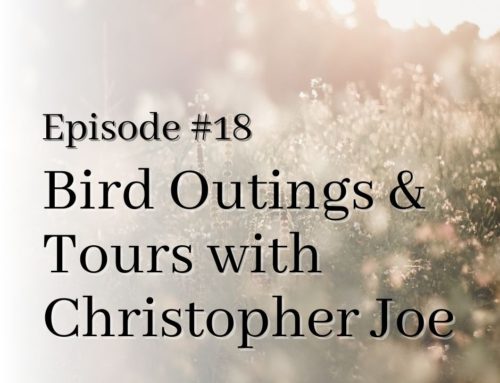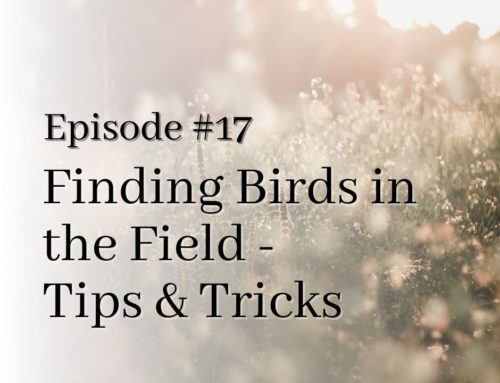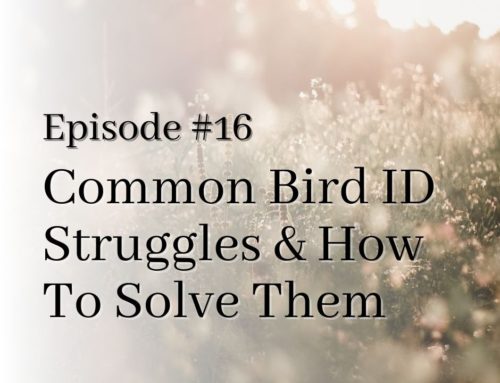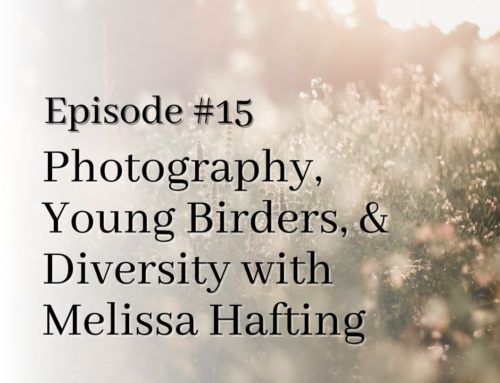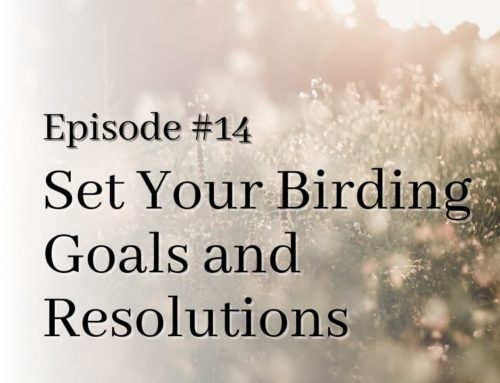Welcome to Episode 7 of the Birding Tools Podcast: Spooky Birds Demystified.
In this episode, I’ll be diving into some spooky birds and bird myths that might be considered spooky or scary. We’ll see, though, that demystifying these seemingly spooky birds shows they’re actually just really neat.
For Black and Latinx birders going to school in the DMV and Deleware, skip to [10:00] to learn more about the Black and Latinx Birders Scholarship, applications for which are being accepted until 1 November.
Oh, and I’d love to see you over at our Birding Tools Facebook Community! Connect with other birders and post your birding photos, wins, and questions – can’t wait to see you there.
Here’s how the episode goes
[0:45] Shrikes might be small, but they have a well-adapted knack for being able to impale their prey to ease in consuming their food.
[4:30] The term “a murder of crows” dates back to Medieval Times, but don’t worry, it’s as antiquated as it is unrepresentative of these smart and fascinating birds.
[6:30] Owls are often featured in scary movies, so it’s no wonder that their hooting sends chills up people’s spines. Their incredible adaptations to the environments in which they live make them truly remarkable!
[11:07] Vultures are some of the most misunderstood birds in the world because they love to eat dead things. But, they’re so important to the ecosystem, as they break down dead matter and eliminate potential bacteria and diseases.
[13:37] We have totally innocuous finches in our backyards eating the seeds we put out. But the Galapagos has the Vampire Ground Finch, a fairly plain-looking bird with a thirst for blood.
[15:54] Cassowaries are known for looking positively prehistoric, and they have a killer kick to boot. They’re also critical in revegetating the forests in which they live!
[17:50] Have you ever heard of toxic feathers? Neither had I! The Hooded Pitahuis has toxins in its feathers, built up from the beetles they eat, that can be deadly to humans.
You can also read more about getting started on our birding endeavors on our Get Started page!
P.S., If you need a hand with bird ID, head over to download our free downloadable guide here!
Subscribe & Review Wherever You Get Your Podcasts
Are you subscribed to my podcast? If you’re not, I want to encourage you to do that today. I don’t want you to miss an episode! Subscribe wherever you listen to your podcasts.
Now if you’re feeling extra loving, I would be really grateful if you left me a review over on iTunes, too. Those reviews help other people find my podcast and they’re also fun for me to go in and read. Thank you!
Links Mentioned in this Podcast
The links mentioned in this episode are specific to the Global Big Day and Global Birding Weekend, which are both worldwide events. If you aren’t finding the resources you need to participate in these events, please reach out!
- “How to ID Birds” Free Downloadable Guide
- Dr. Diego Sustaita’s research on Loggerhead Shrikes
- New Caledonian Crows create compound tools to forage
- Eastern Screech Owl Sound – Paul Marvin, Xeno Canto (sound normalized to fit podcast audio)
- Barred Owl Sound – Paul Marvin, Xeno Canto (sound normalized to fit podcast audio)
- *Black and Latinx Birders Scholarship Fund*
- Turkey Vulture Sound – Andrew Spencer, Xeno Canto (no edits made to audio)
- Vampire Ground Finch images and background
- Cassowary Facts, Smithsonian Magazine
- Dr. Jack Dumbacher’s research on Pitahuis
- Birding Tools Instagram Page
- Birding Tools Facebook Page
Other Ways to Enjoy this Post
We so appreciate you listening to the Birding Tools Podcast! Please see the links below for other ways to enjoy this material.
